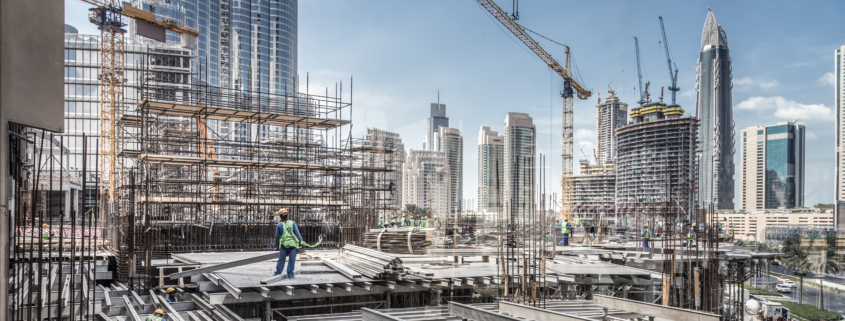Five Things to Know about Engineers

Five Things to Know about Engineers
The antics of executives at Facebook and Twitter get the media’s attention, but—let’s be honest—the work that they and their employees do is not really necessary to our collective well-being. We could survive well enough—and maybe even fare better—without much of the chatter that takes place on these media platforms.
But what about our physical environment? What of our drinking water systems and the highways, bridges and dams that keep us and the people we care about out of harm’s way? Which professionals do we depend on to keep these systems operational? People in a variety of fields play critical roles here, but so too do engineers.
1. Engineers work to keep us safe from speeding cars and trains, sewage and flooding waterways
A changing climate can produce extreme rainfall, drought, and heat, landslides, collapsing homes, you name it. In the face of these future unknowns, people around the world are ever more anxious to stay safe. Engineers are trained to design, build and fortify the public and private infrastructure of the future.
2. Engineers built the first cities
Where would we be without the simple lever, wheel—or pulley? Specific inventions showed up at key moments in our history, which helped us—and our growing civilizations— make strategic leaps forward. These early tools allowed us to move the rocks and other materials necessary to build our first cities. The requirements of the earliest city centers was an excellent training ground for the first architects, engineers and general contractors. These projects mandated the design and construction of important public infrastructure—roads and bridges, water supply and treatment centers—all of which makes daily life in urban centers possible.
3. A few hard-working and creative individuals made a huge difference in the quality of life for millions—and today they are famous
It’s not just professional cricket players with the enviable fan base; engineers have achieved celebrity status as well. The accomplishments of engineers like Sir Mokshagundam Visvesvaraya (MV), for example, are celebrated every year on September 15, which is known as Engineer’s Day in India, Sri Lanka and Tanzania.
MV was employed by the British government as an engineer and later as Prime Minister of the Kingdom of Mysore. He is recognized for his design of a “block system of irrigation”—designed to distribute the benefits of irrigation to multiple villages and strategically within villages—in 1885. He is also known for developing automatic weir floodgates in 1903 at Khadakwasla Dam near Pune, India. This was such a successful system that it was later installed at other major dams in India. One of his most celebrated accomplishments consists of a flood protection system he designed for the city of Hyderabad, which had been chronically flooded by the Musi river. MV was recognized for the significant skills he demonstrated as a creative and innovative thinker, designer of dams, and as a statesman. He truly had communities’ best interests in mind as a practicing engineer and as a Dewan, or prime minister, of Mysore. He devoted his life to improving the quality of life for millions, which is why he continues to be celebrated year after year and is viewed as one of the most influential people in India’s history.
4. Engineers solve a variety of problems—some can be tricky
Whether they are designing amusement parks or wastewater systems, engineers are problem solvers. With training in mathematics, physics and other scientific fields, engineers try to find creative solutions given the specific constraints and conditions of the problem at hand. A few principal goals are always top of mind: Which solution will yield the best result for the greatest number of interests given existing resources and environmental constraints; and how can the envisioned design be modified to deliver even more effective results?
5. Engineers need tools for the problems of tomorrow
Engineers became even more effective with the development of computer-aided design (CAD) software. These software programs made it possible to develop 3D models and 2D images of various types of designs—from water distribution systems within buildings to proposed designs for highways, storm sewers and commercial buildings. These CAD tools, when combined with computer programs that model common physical processes like river and stormwater flow, depict the problem in great detail and lead to more accurate and effective solutions. The ability to integrate huge amounts of data into the analysis, through cloud computing, gives models even more accuracy in terms of solving large, complex problems that affect megacities and other large, multifaceted regions.
The problems engineers typically handle will only increase as population growth in urban areas continues to accelerate. It should come as no surprise that by some estimates, the engineering sector is set to grow to 13.7 trillion USD by 2030. Engineering is obviously not just about the rigid application of math formulas and rules. Out of the box, flexible thinking is required. Tools, such as technically advanced software, help in the development of innovative, meaningful solutions for communities—in the spirit of the engineer MV’s far-reaching work.






